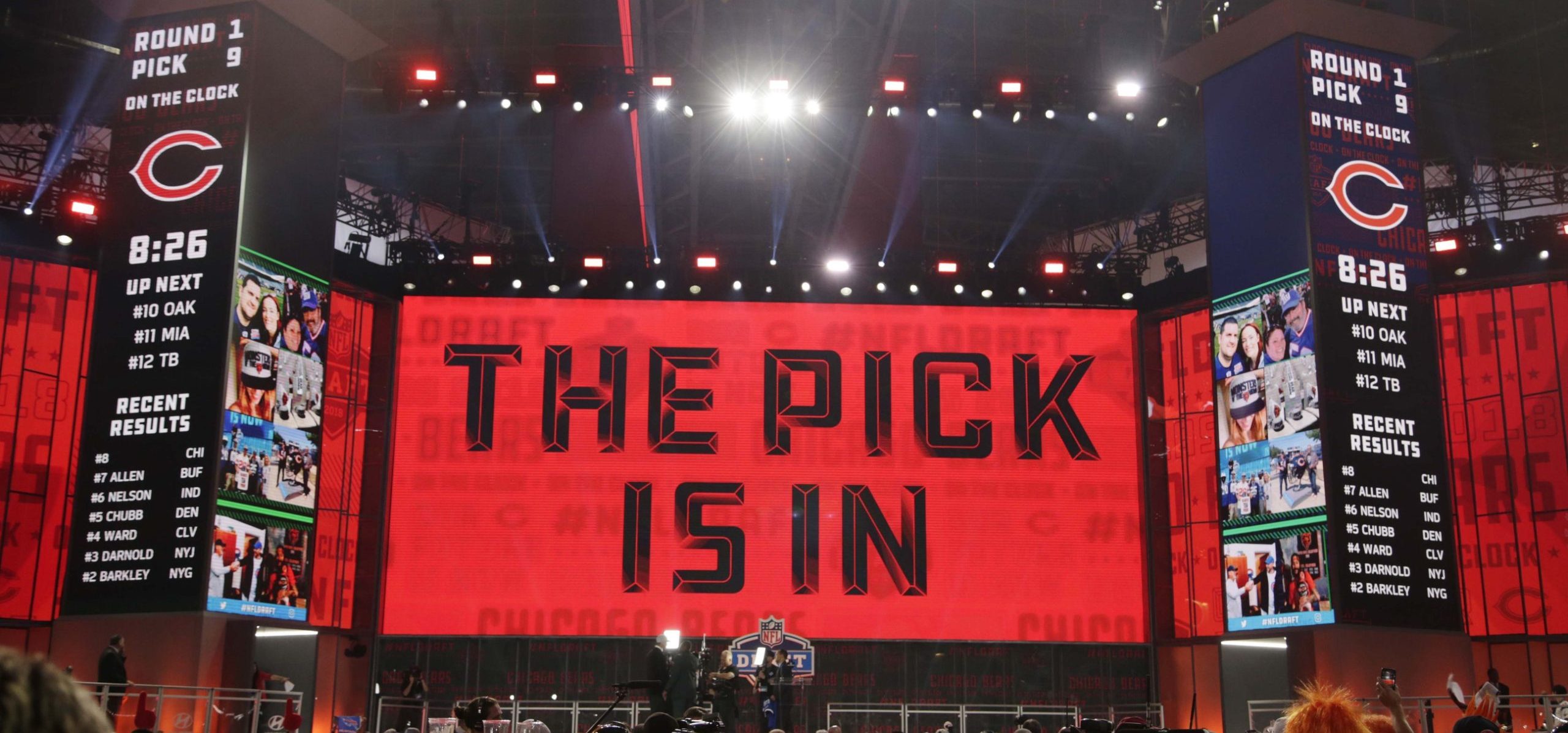“The Yips” is one of the most intriguing aspects of sports. How can a physically gifted athlete who played at his or her sport’s highest level suddenly lose the ability to do what they did so well, let alone execute a routine play.
Rick Ankiel was probably the most recent — and heartbreaking — example of this curious phenomenon. In 2000, he was a rookie pitching sensation for the St. Louis Cardinals, compiling an 11-7 record and 3.50 ERA with 194 strikeouts in 175 innings. The left-hander looked every bit like a future MLB superstar and the next great Cardinals hurler.
But something went terribly wrong in the postseason. In Game 1 of the NLDS versus the Atlanta Braves, Ankiel cruised through the first two innings, allowing no runs on two hits with two strikeouts. In the third inning, however, he fell apart. After walking Greg Maddux on four straight pitches to lead off the inning, Ankiel couldn’t find the strike zone. He threw four wild pitches, walked three more batters, and was pulled from the game. It was a shocking meltdown, to go from what appeared to be complete control to no control whatsoever.
Ankiel never really recovered from that. He couldn’t make it through the first inning in Game 2 of the NLCS versus the Mets, walking three batters and throwing another wild pitch. A relief appearance in Game 5 resulted in another two walks and three wild pitches. Though he made it back to the major leagues for two short stints over the next four years, the same issues with throwing strikes plagued him.
Jon Frankel talked to Ankiel for HBO’s Real Sports, trying to glean some insight into what happened and what the pitcher was experiencing at the time. Early in the report, Ankiel describes being able to hear the yips kicking in. “It would sound like liquid was starting to drain,” he said, “whether it was blood or whatever, but I could just hear it. I couldn’t even feel the ball in my hands.”
But as with every other athlete who’s experienced the yips — whether in baseball or in other sports like golf — Ankiel really has no explanation for the mental block, if that’s what you could even call it, that prevented him from doing what he did so well since childhood. Of course, if it could be explained, then the issue could presumably be fixed. (At one point, Ankiel turned to vodka for a solution.) Ankiel never figured it out, nor did other baseball players who suffered through similar problems, such as Mackey Sasser, Chuck Knoblauch, and perhaps most notably, former Pittsburgh Pirates pitcher Steve Blass, from whom the yips were named “Steve Blass Disease.”
Frankel interviewed Blass about what he went through in the mid-1970s, and everything he tried to try and beat the problem. Blass and Ankiel are now friends, having shared a common downfall from success to failure in one of the most public settings possible. Frankel also spoke with Ankiel’s mother in the report, and it’s poignant to see her become emotional as she recalled that 2000 playoff game. It’s a side of the story we haven’t seen before.
Ultimately, the report is about Ankiel — who wrote an upcoming book about his experiences — so Frankel arguably doesn’t examine the story as deeply as he could have. That may also have been influenced by who he could or couldn’t interview for the piece. One notable absence is Dave Duncan, who was the Cardinals’ pitching coach while Ankiel was going through his struggles. (Frankel does speak to manager Tony La Russa.) It also could have been illuminating to speak with Steve Sax, who seems to have conquered the yips after he had difficulties throwing to first base and played 11 more MLB seasons.
Perhaps the most compelling part of the report is to see Ankiel now. Obviously, he’s going to look older 17 years after his meltdown. But the years and struggles apparently took their toll on the man who was once a fresh-faced phenom, even if he did carve out a successful major league career as an outfielder, and it’s somewhat jolting.
HBO’s Real Sports with Bryant Gumbel premieres Tuesday night at 10 p.m. ET.






